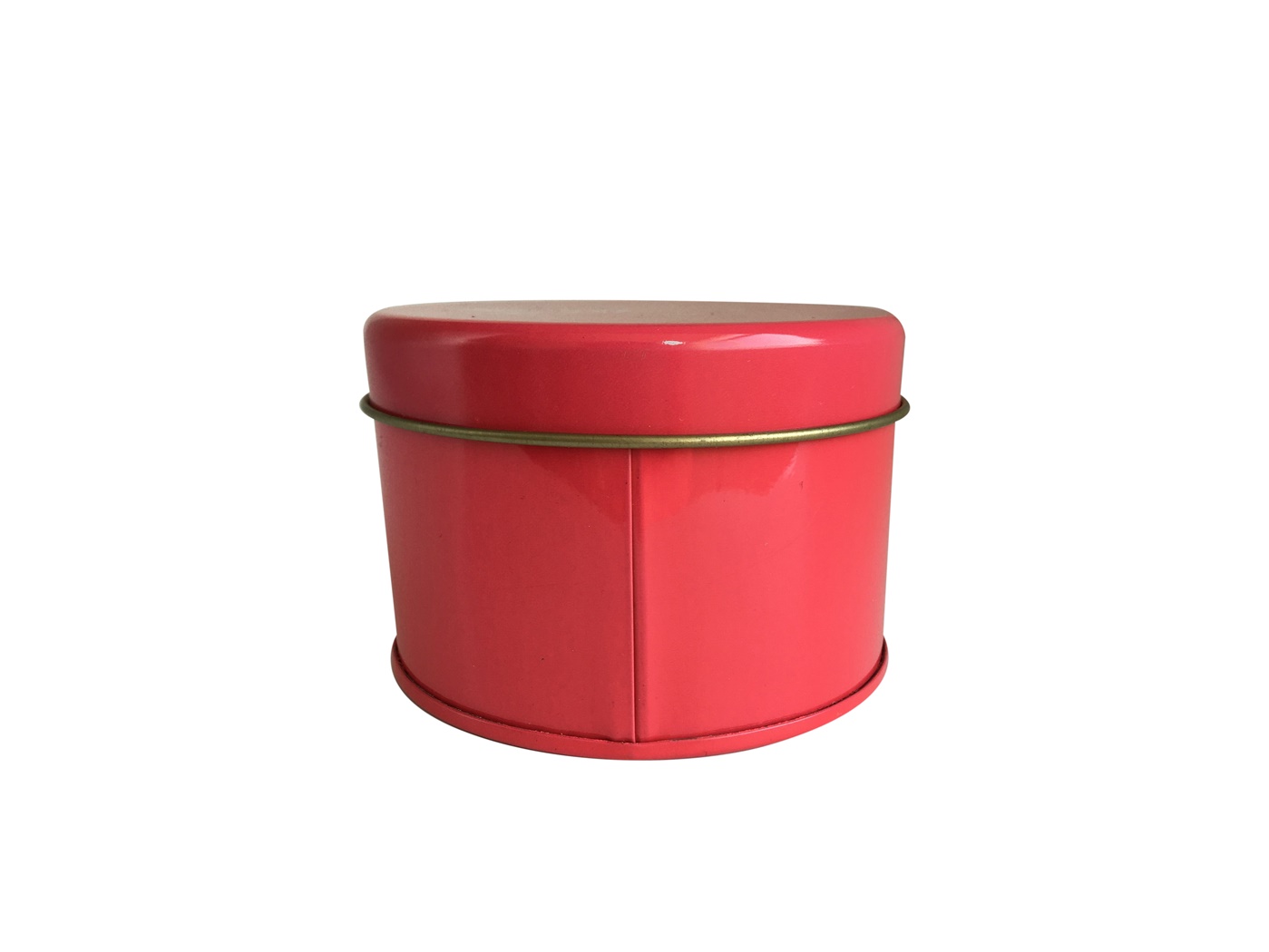In the dynamic world of packaging solutions, particularly for B2B buyers, the choice between 2 pieces and 3 pieces tin containers is more than just a matter of aesthetic preference. It’s a decision that impacts product quality, branding, and ultimately, customer satisfaction. This article delves into the nuances of these two types of tin containers, offering insights that are crucial for buyers aiming to make informed decisions.

Remember Frank from our previous discussions? His experience serves as a perfect case study here. His company, focusing on premium matcha packaging, initially opted for a standard tin container. However, they encountered a problem: the joint seam on the container compromised the seal quality. This is where the distinction between 2 pieces and 3 pieces tin containers becomes pivotal.

A 2 pieces tin container is crafted from a single piece of metal for both the body and the bottom. This seamless construction offers an elegant appearance and a superior seal, making it an ideal choice for products like candles or high-end foods where leakage or air infiltration could be a concern. However, there’s a limitation: the height of these containers cannot be adjusted, and the decoration on the container’s body might be susceptible to distortion during the forming process.
In contrast, 3 pieces tin containers consist of a separate body, bottom, and lid. This design offers greater flexibility in terms of sizing and height adjustments. It’s a practical choice for a wide range of products, allowing for custom fit and volume requirements. However, the presence of a joint seam could be a potential drawback for certain products, as seen in Frank’s case.

For buyers who prioritize quality, understanding the sealing capabilities of these containers is crucial. The 2 pieces design offers a more robust seal due to its seamless nature, making it a superior choice for products sensitive to air exposure. On the other hand, while the 3 pieces design may have a seam, advancements in sealing technology have significantly mitigated this issue, making it a viable option for a broad spectrum of products.

The choice between these two types of containers also has significant branding implications. The sleek, seamless look of a 2 pieces container offers a premium feel, ideal for luxury goods or high-end food products. In contrast, the 3 pieces container, with its distinct seam, provides a more traditional, industrial look. This can be advantageous for products where a classic or rugged aesthetic is desired.

From a cost perspective, 3 pieces tin containers are generally more economical due to simpler manufacturing processes and material usage. This can be a critical factor for businesses operating with tight budgets or those looking to maximize profit margins. The 2 pieces design, while offering certain premium features, comes at a higher manufacturing cost.
Sustainability is an increasingly important consideration for businesses. Both 2 pieces and 3 pieces containers offer recyclability, but the production process of 2 pieces containers is typically more energy-intensive. Businesses targeting eco-conscious markets might favor 3 pieces containers for their slightly lower environmental footprint.
Customization is a key factor for B2B buyers. While both types of containers can be customized in terms of printing and finishes, the 3 pieces design allows for more flexibility in shape and size adjustments. This is crucial for companies looking to create unique packaging that stands out in the market.

Considering the manufacturing process, 2 pieces containers require more specialized machinery and can have longer lead times. For buyers concerned with quick turnaround and flexibility in order quantities, the 3 pieces design may be more appealing due to its simpler manufacturing process and shorter production times.
The decision between 2 pieces and 3 pieces tin containers is a strategic one, involving considerations of aesthetics, functionality, cost, and environmental impact. As demonstrated through Frank’s experience, the choice can significantly influence product presentation and consumer perception. Tengda, with its expertise in both types of containers, stands ready to guide and assist buyers in making the best choice for their specific needs.
For further assistance and to explore our range of tin containers, feel free to contact us at lily@tdtin.com. We’re committed to providing top-quality packaging solutions that meet your unique business requirements.